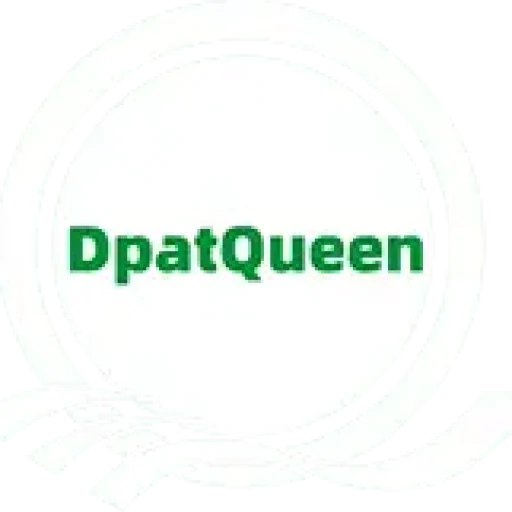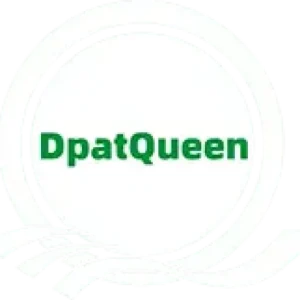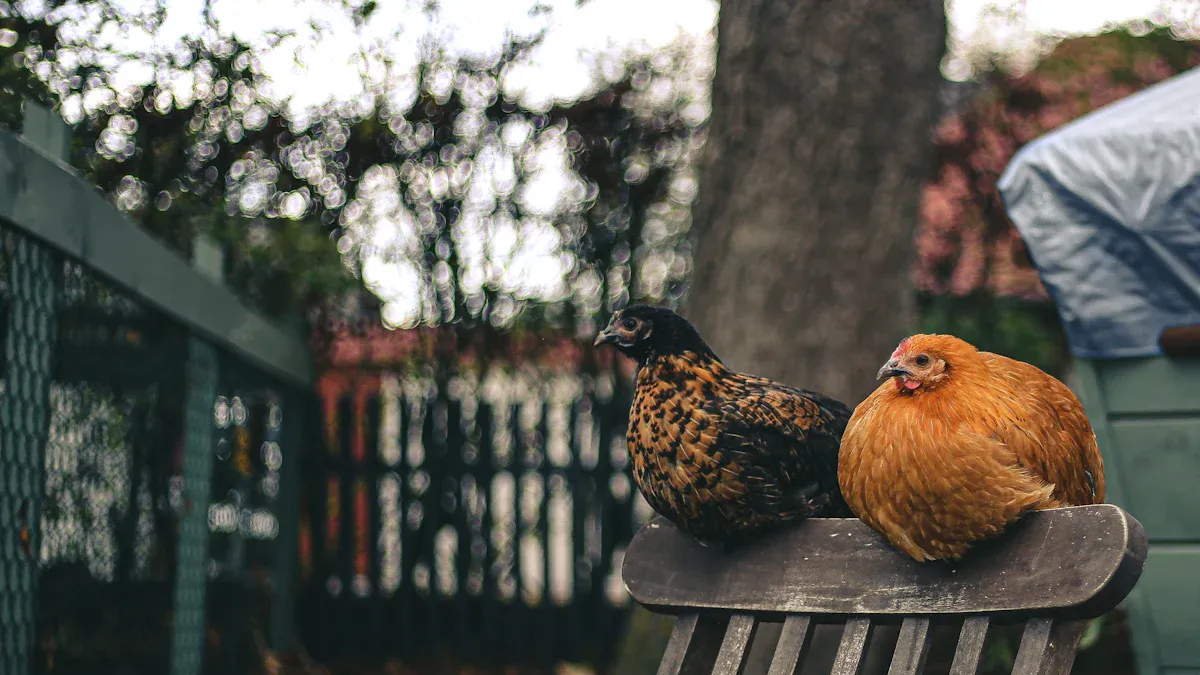
Sustainable farming is gaining momentum across Europe, and you’ve probably noticed the shift. Farmers are cutting back on pesticides and fertilizers, with the EU aiming for a 50% reduction in pesticide use by 2030. Organic farming is also on the rise, with a goal to cultivate 25% of agricultural land organically by 2027.
Amid these changes, dried mealworm for poultry farms is emerging as a game-changer. Packed with protein and essential nutrients, it’s an eco-friendly feed option that supports healthier poultry while reducing your farm’s environmental footprint. Plus, mealworms require far less water than traditional protein sources like beef, making them a sustainable choice for the future.
Key Takeaways
- Dried mealworm feed is a healthy and eco-friendly choice for chickens. It has lots of protein to help them grow and lay eggs.
- Using mealworm feed can help the environment. It lowers harmful gases and saves water and land.
- Adding dried mealworm feed to chicken food is simple and cheap. It makes chickens healthier, cuts feed costs, and boosts product sales.
Nutritional and Environmental Benefits of Dried Mealworm for Poultry Farms
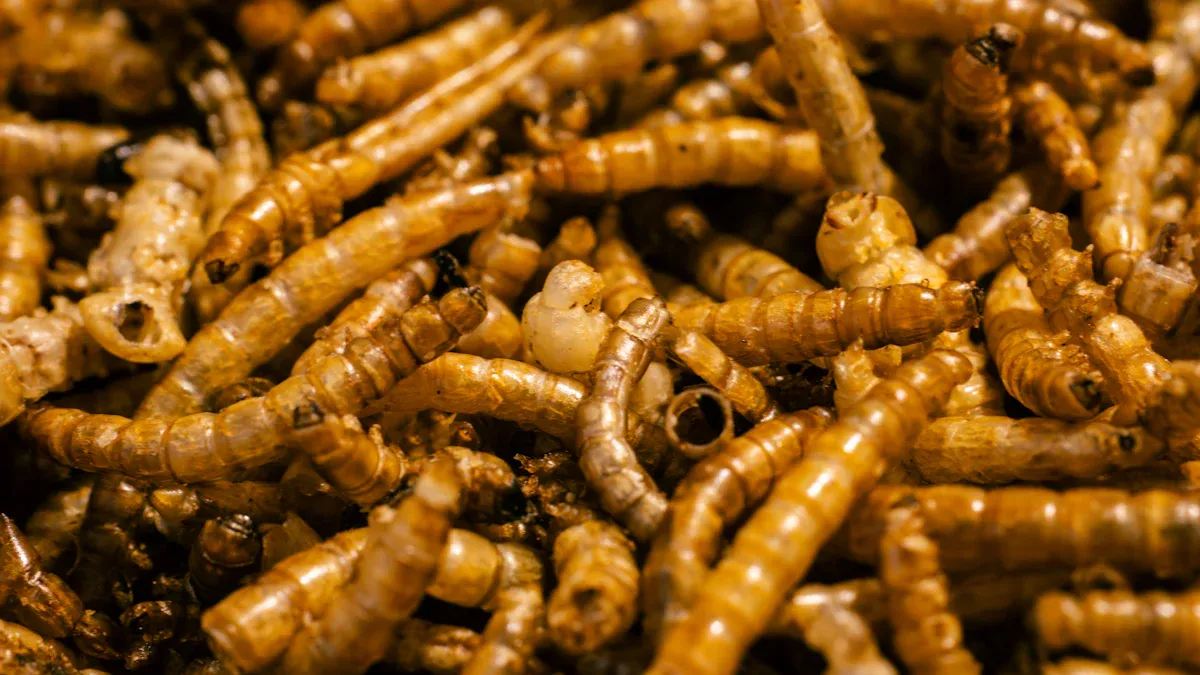
High Protein Content and Essential Nutrients
You want your poultry to thrive, and nutrition plays a huge role in that. Dried mealworm for poultry farms offers an excellent source of protein, which is essential for healthy growth and egg production. Studies show that yellow mealworms are a viable alternative to traditional protein sources in poultry diets. They’re packed with essential nutrients, and their mineral profiles are comparable to conventional feeds.
Interestingly, when mealworms are fed fermented chicory roots, their mineral content increases even further. This means you’re not just feeding your poultry; you’re giving them a nutrient boost that can improve their overall health. Plus, many farmers are already embracing mealworm feed because of these nutritional benefits.
Lower Carbon Footprint Compared to Traditional Feeds
If you’re looking to reduce your farm’s environmental impact, mealworms are a smart choice. Compared to traditional livestock, mealworms produce significantly less ammonia and greenhouse gases like CO2 and methane. They also require far less land to produce the same amount of edible protein.
For example, the water footprint of mealworms is just 4341 m³ per ton, which is much lower than beef. By switching to dried mealworm for poultry farms, you’re not only cutting down on emissions but also conserving valuable resources like water and land.
Promoting Circular Economy and Reducing Agricultural Waste
Mealworms are champions of sustainability. They can be fed on waste materials like dried fruits, vegetables, and cereals, turning low-value biowaste into protein-rich feed. This process reduces agricultural waste and supports a circular economy.
Even better, the waste produced by mealworms can be used as biofertilizer. It enriches soil with nutrients like nitrogen, phosphorus, and potassium, making it a win-win for your farm. In fact, mealworms fed on agricultural sidestreams, such as unsold vegetables, successfully recycle these materials into valuable biomass. By adopting this approach, you’re not just feeding your poultry—you’re contributing to a more sustainable food system.
Practical Applications of Dried Mealworm for Poultry Farms
Integrating Dried Mealworm Feed into Poultry Diets
Adding dried mealworm feed to your poultry’s diet is easier than you might think. You can mix it with existing feed or use it as a standalone protein source. Farmers worldwide have already started experimenting with this approach. For example:
- Small-scale farmers in South Africa have successfully incorporated yellow mealworms into poultry diets.
- These farmers noticed improved nutrition in their flocks, which led to healthier chickens and better egg production.
- Interestingly, about half of the farmers in the study accepted the idea of consuming chicken products raised on mealworm feed.
This shows that mealworm feed isn’t just practical—it’s gaining acceptance among farmers and consumers alike. If you’re looking for a way to boost your poultry’s health, this could be the solution you’ve been searching for.
Cost-Effectiveness and Economic Advantages
Switching to dried mealworm feed can save you money in the long run. Mealworms are efficient to produce, requiring fewer resources like water and land compared to traditional protein sources. This efficiency translates into lower production costs, which can help you reduce your overall feed expenses.
Additionally, healthier poultry means fewer veterinary bills and higher-quality products. Whether you sell eggs or meat, you’ll likely see an increase in demand for your products. Consumers are becoming more interested in sustainable farming practices, and using mealworm feed can give your farm a competitive edge.
Compatibility with European Farming Standards and Practices
You might wonder if dried mealworm feed aligns with European farming regulations. The good news is that it does. The EU has strict standards for animal feed, and mealworms meet these requirements. They’re safe, sustainable, and fit perfectly into Europe’s push for eco-friendly farming.
Mealworm feed also supports organic farming practices. Since mealworms can be raised on agricultural waste, they contribute to a circular economy. This aligns with Europe’s goals of reducing waste and promoting sustainability. By adopting dried mealworm feed, you’re not just improving your farm—you’re also supporting broader environmental goals.
Real-World Success Stories of Dried Mealworm for Poultry Farms
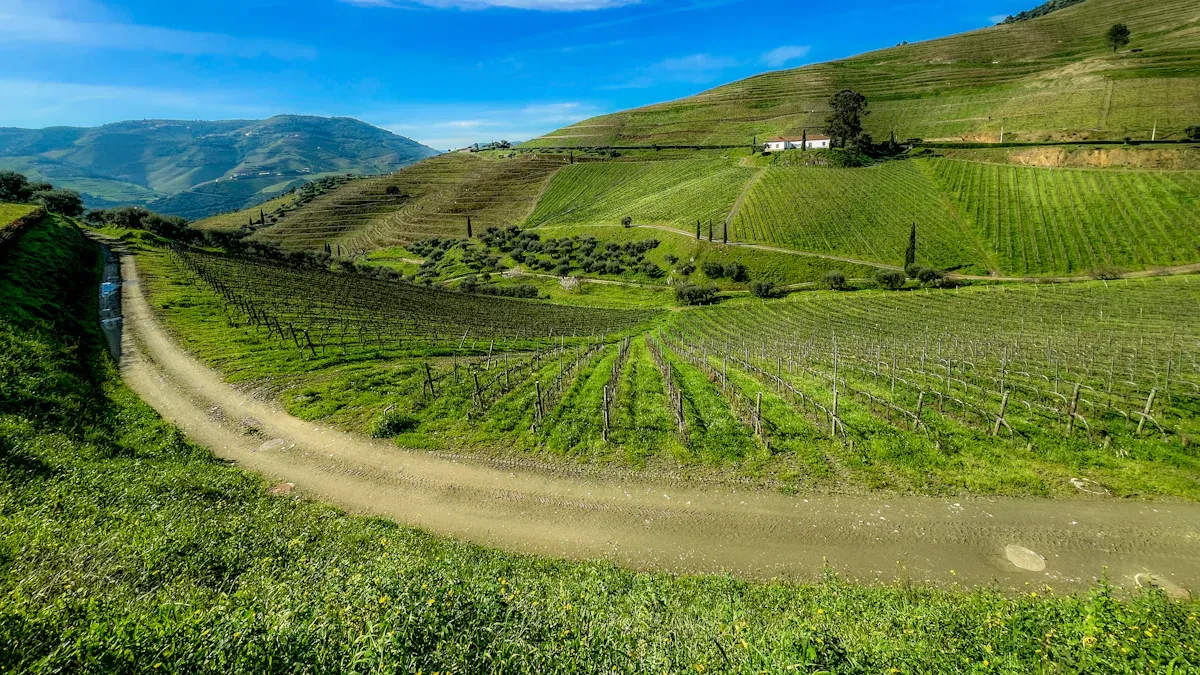
Case Study: A Poultry Farm in the Netherlands
Imagine a poultry farm in the Netherlands that decided to switch to dried mealworm feed. The results were remarkable. The farm reported healthier chickens with better growth rates and higher egg production. By incorporating mealworms into their poultry diets, they reduced their reliance on traditional protein sources like soybeans and fishmeal. This not only cut costs but also aligned with the EU’s sustainability goals.
The farm also noticed a significant reduction in waste. Mealworms, being efficient protein converters, helped the farm make better use of agricultural byproducts. This case highlights how dried mealworm feed can transform poultry farming into a more sustainable and profitable venture.
Testimonials from European Farmers on Improved Productivity
European farmers are already singing the praises of dried mealworm feed. Here’s what they’re saying:
- It improves feed conversion efficiency, meaning your poultry gets more nutrition from less feed.
- High-protein diets from mealworms enhance the health and productivity of chickens.
- Farmers have observed better nitrogen use efficiency, which reduces environmental impact.
One farmer shared, “Switching to mealworm feed has been a game-changer. My chickens are healthier, and I’ve seen a noticeable boost in egg production.” These testimonials show how mealworm feed is making a real difference on European farms.
Best Practices for Using Dried Mealworm Feed Effectively
To get the most out of dried mealworm feed, follow these best practices:
- Mix mealworm feed with traditional feed to gradually introduce it to your poultry’s diet.
- Use mealworms as a replacement for soya bean or fishmeal to reduce costs and environmental impact.
- Monitor your poultry’s health and productivity to fine-tune the feed ratio.
Farmers in South Africa have successfully adopted these practices, proving their effectiveness. By incorporating mealworms into broiler diets, they’ve achieved healthier flocks and reduced dependency on conventional protein sources. You can do the same and enjoy the benefits of this sustainable feed option.
Dried mealworm feed offers you a sustainable and nutrient-packed solution for your poultry. It’s eco-friendly, cost-effective, and aligns with Europe’s farming goals.
- Over two-thirds of small-scale farmers are ready to adopt mealworms for their poultry.
- Raising awareness about its benefits can help more farmers like you embrace this innovative feed.
Why not make the switch today?
FAQ
What makes dried mealworm feed better than traditional poultry feed?
Dried mealworms are rich in protein and nutrients. They’re eco-friendly, require fewer resources to produce, and improve poultry health and productivity. 🐓🌱
Is dried mealworm feed safe for my poultry?
Yes, it’s completely safe! Mealworms meet EU farming standards and provide a natural, sustainable protein source for your flock.
How can I start using dried mealworm feed on my farm?
You can mix it with your current feed or use it as a standalone protein source. Start small and monitor your poultry’s health and performance.
💡 Tip: Gradually introduce mealworm feed to your poultry’s diet to ensure a smooth transition and optimal results.
